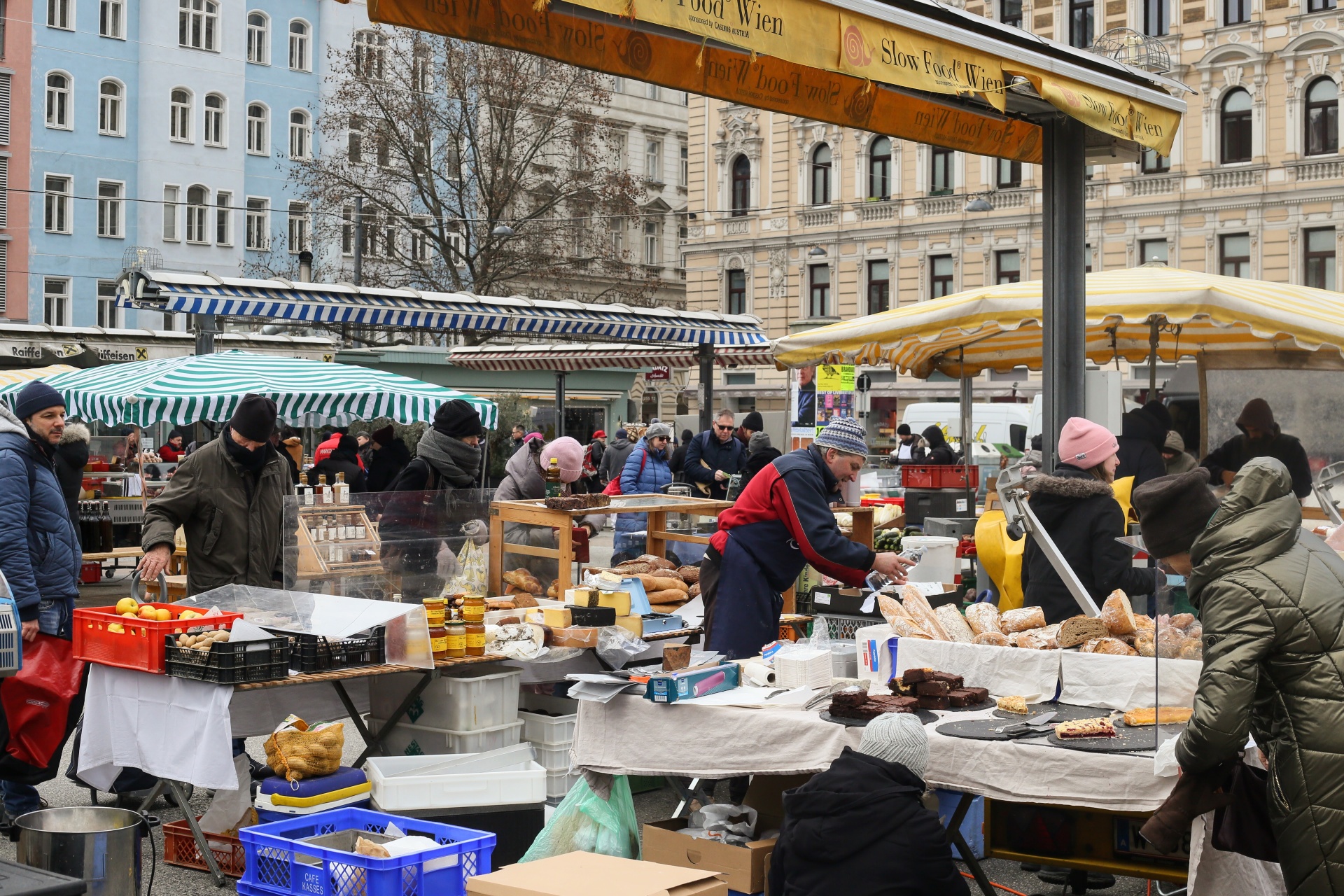
As a first time visitor, it makes good sense to see Vienna's major landmarks but it doesn't mean you can't also venture away from the historic center (District 1) and glimpse the everyday city locals know. The list below includes both options, and this map will help you find each specific location.
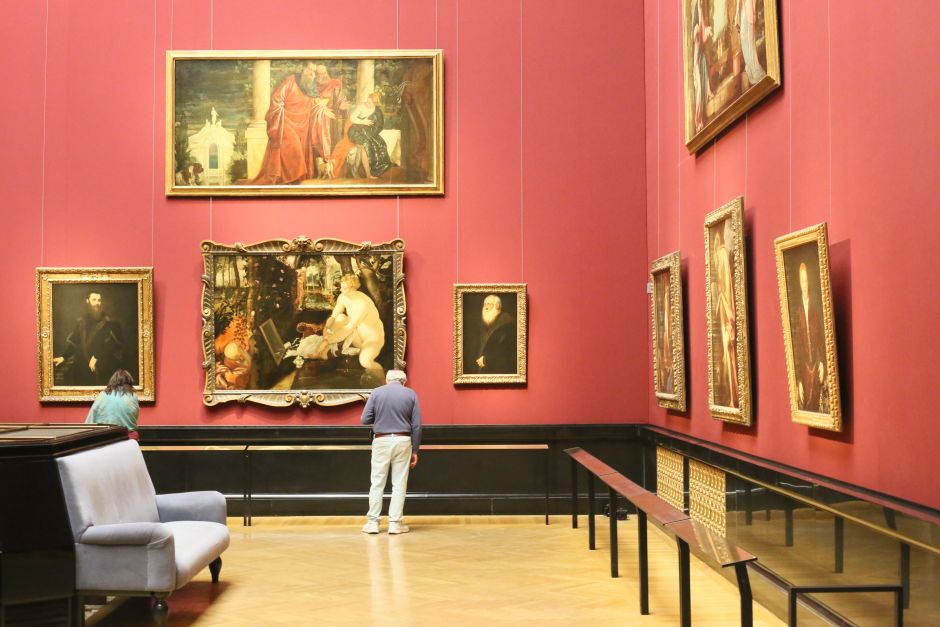
1. Visit the Kunsthistorisches Museum (location; 10 a.m. to 6 p.m. every day during high season, otherwise closed on Monday; €21 admission): No doubt, a trip to Vienna for its museums alone is worth it. Above all stands the Kunsthistorisches, showcasing masterpieces by old masters such as Albrecht Dürer, Lucas Cranach the Elder, Raphael, Titian, Tintoretto, Paolo Veronese, Pieter Bruegel the Elder, Peter Paul Rubens, and Diego Velázquez. (Here, some of my favorites.)
The collection originates from two art-loving Habsburgs, Holy Roman Emperor Rudolf II (1552-1612), and the governor of the Spanish Netherlands, Archduke Leopold Wilhelm (1614-1662). The Kunstkammer, on the ground floor, features strangely wonderful objects that fascinated the royal family, and marble busts to study the famous "Habsburg Jaw."
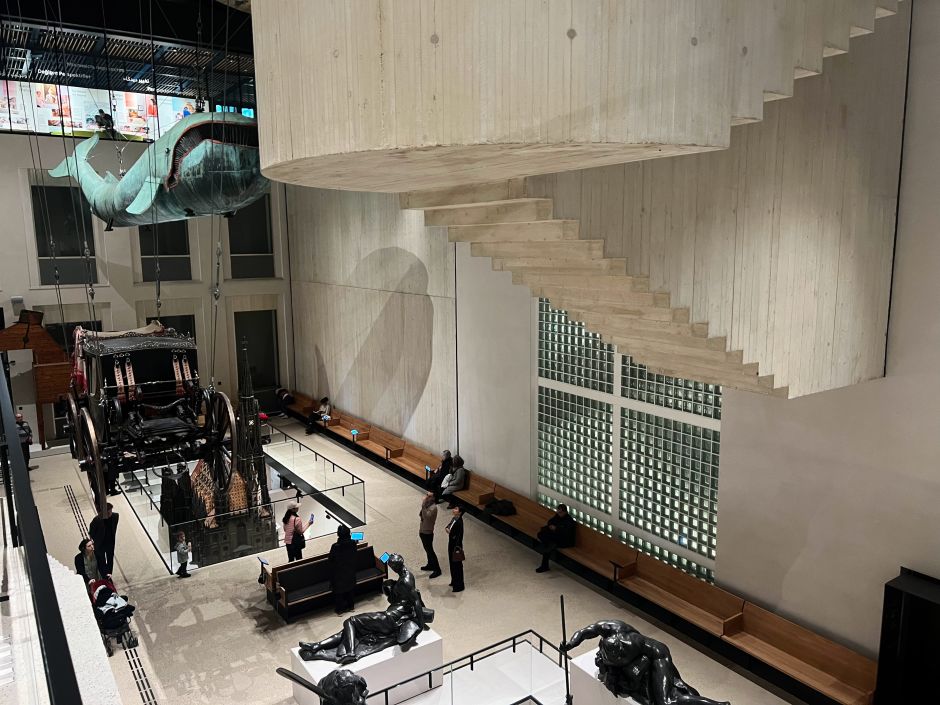
2. Visit the Wien Museum (location; 10 a.m. to 6 p.m., closed on Monday; free admission): If you had no time to prep for your Vienna trip, make your first stop the wonderful city museum. Recently refurbished and extended, it's a joy to roam through its three expansive floors. Try to decide ahead of time which epochs interest you most and focus your attention accordingly. You can learn about everything from Roman, medieval, and Baroque Vienna to Biedermeier, Austro-Hungarian, Red, and Nazi Vienna. Presented factually, in an easy-to-follow manner. Free admission!
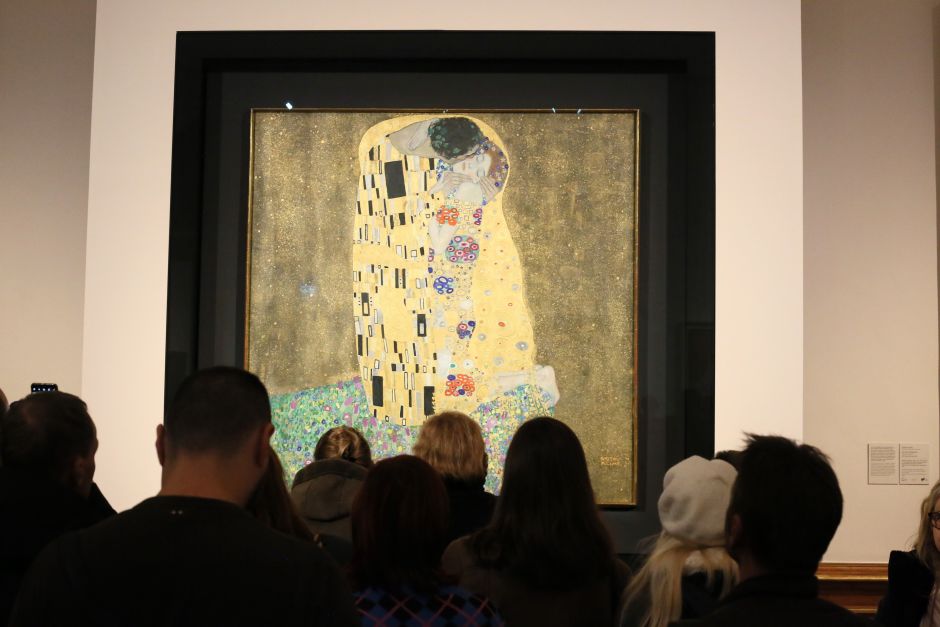
3. Visit the Austrian Gallery at the Belvedere (location; 10 a.m. to 6 p.m. every day; €19 admission to the Upper Belvedere, €24 combined ticket; advance ticket purchase): You don't need me to tell you that Gustav Klimt's famous painting, The Kiss, is located in the Upper Belvedere Gallery. I'm here to remind you that this stunning Baroque palace, once the summer home of the art-loving field marshal, Prince Eugene Savoy (1663-1736), is an Austrian National Gallery with other treasures, too. For example: charmingly imperfect medieval paintings; Gothic winged altars; strange Biedermeier works – neoclassical but cuter – by Ferdinand Georg Waldmüller and Josef Danhauser; masterpieces by the expressionist Richard Gerstl. Also here: a Baroque garden to get lost in.
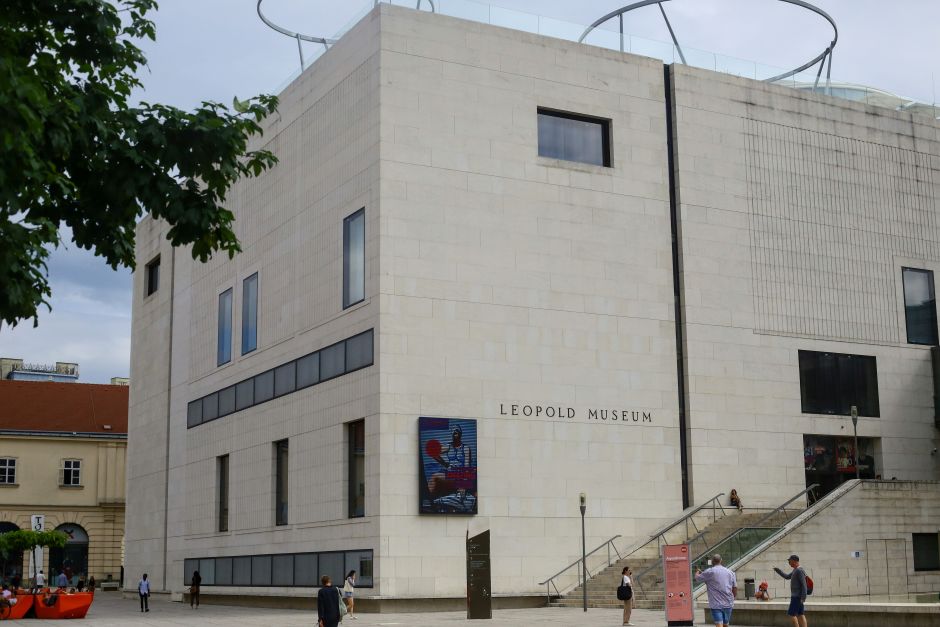
4. Visit the Leopold Museum (location; 10 a.m. to 6 p.m., closed on Tuesday; €15 admission): The Leopold Museum celebrates the pioneering early-modern artists and art movements of Vienna around 1900. The collection features many paintings by the expressionist trio of Richard Gerstl, Oskar Kokoschka, and Egon Schiele, for example. Visitors can also learn about the architecture of Otto Wagner and Adolf Loos, and survey the design objects of the Austrian arts and craft workshop, the Wiener Werkstätte. The temporary shows, usually high-profile, are downstairs.
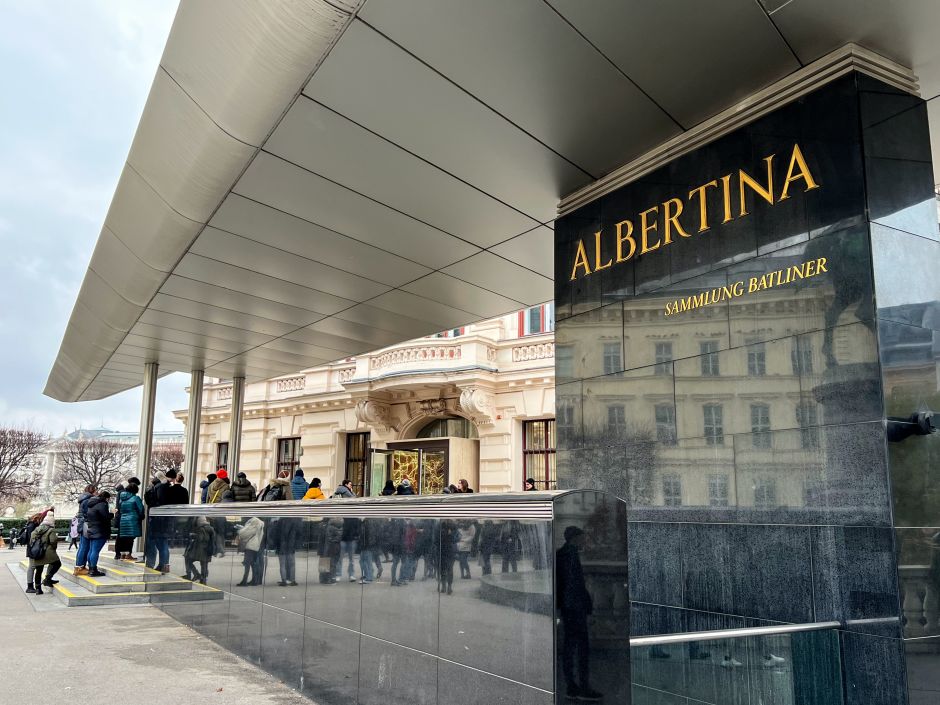
5. Visit the Albertina Museum (location; 10 a.m. to 6 p.m. every day; €19 admission): The Albertina Museum holds Central Europe's leading collection of international early-modern art, covering the period from about 1870 to 1950, from Impressionism to Surrealism. There are holes and gaps, but you'll find wonderful paintings by Édouard Manet, Henri Matisse, Wassily Kandinsky, Franz Marc, Paul Klee, Ernst Ludwig Kirchner, Joan Miró, René Magritte, Pablo Picasso, and others.
Originally, the museum was the residence of the passionate art collector Duke Albert of Saxen-Teschen (1738-1822). Some of the Duke's favorite artworks – old masters drawings and etchings – are also displayed in the palatial halls, which are part of the museum today.
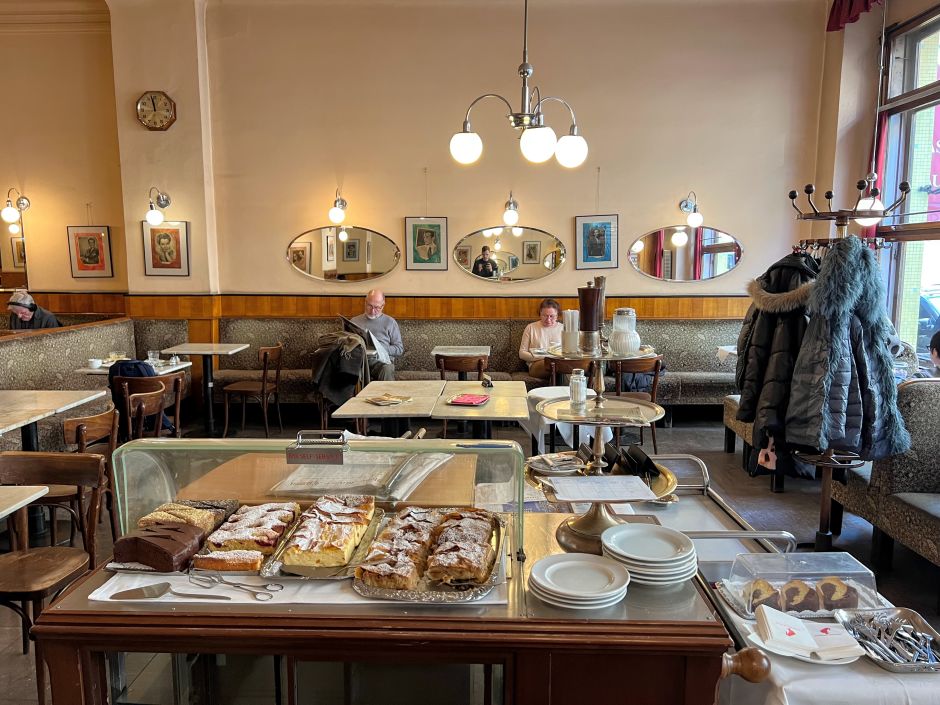
6. Experience Vienna’s traditional cafe culture: Ornate interiors with high ceilings, suit-and-tie-wearing waiters, elegant customers lingering with the physical paper over a cup of coffee and an apple strudel. This isn’t a portrayal of long-ago Vienna, but a scene from the present day. Countless traditional coffeehouses still serve as social hubs for local residents, young and old. Journalists, artists, politicians, businesspeople – everyone has their go-tos. These are my favorites.
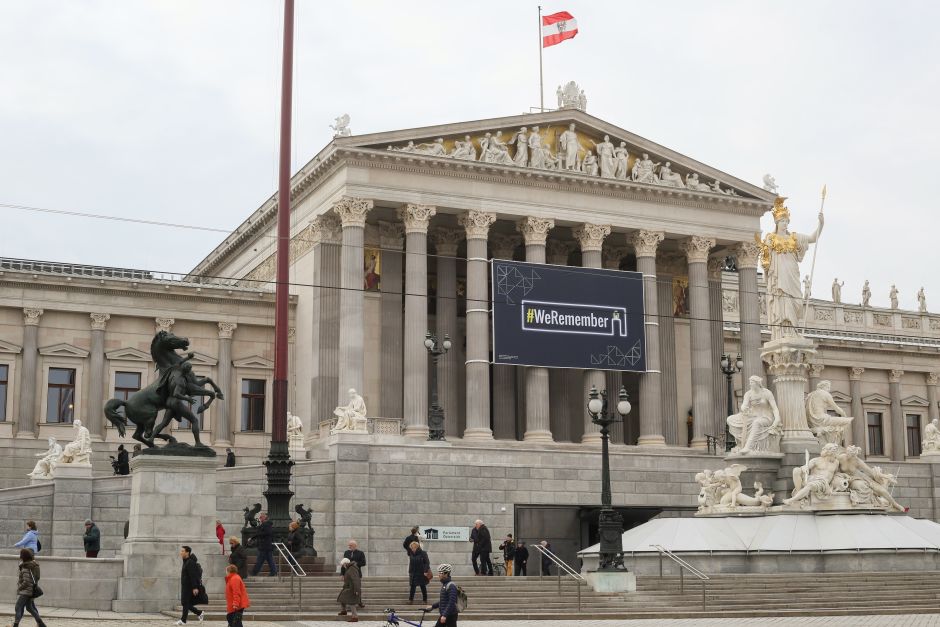
7. Tour the Austrian Parliament for free (location; guided tours Monday through Saturday; free admission upon advance registration): After a five-year gut renovation, the Austrian House of Parliament has recently reopened to the public, offering guided tours upon advance registration. The tours go for about an hour and take visitors through the main parts, including both of the chambers. Built in the 1870s, the Greek style of the building together with the statue outside of Pallas Athena betray the secular liberal culture of its time (it didn't last very long).
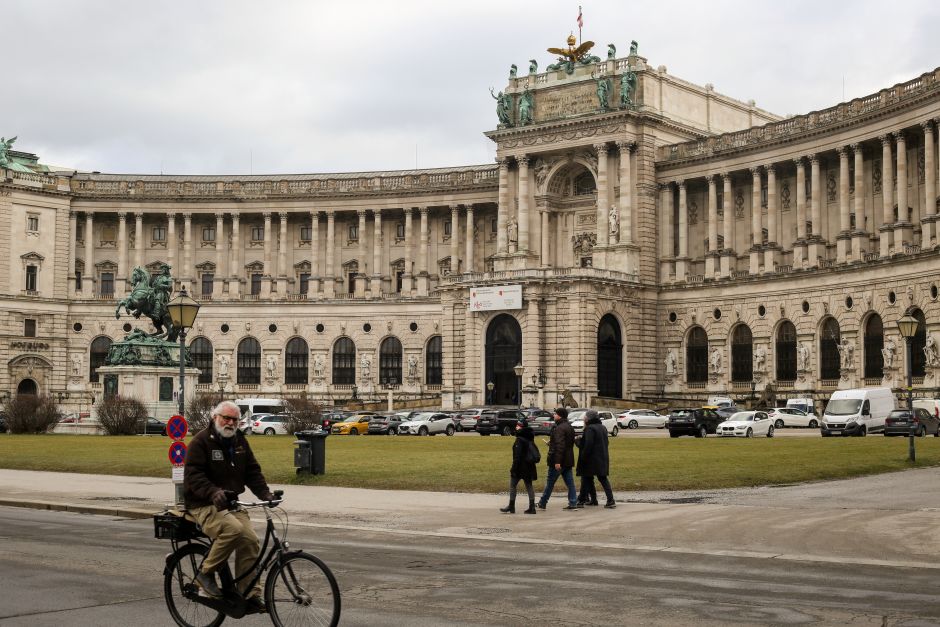
8. Walk around the Imperial Palace, the Hofburg (location): The seat of the Austrian Habsburg court and of the Holy Roman emperors for centuries, the Imperial Palace dominates the heart of Vienna. Today, these spacious Baroque and neo-Baroque halls are home to nearly a dozen museums, such as the Imperial Treasury, the House of Austrian History, the Austrian National Library, the Sisi Museum, and the Spanish Riding School. Since 1946, the Leopoldine Wing houses the office of the Austrian President.

9. Try a traditional Austrian restaurant: Viennese food is a collection of dishes from territories once under the Habsburg imperium: schnitzel from northern Italy, knödel from the Czech parts, goulash from Hungary, and so on. Many restaurants – Gasthaus or Beisl – serve up excellent versions of these hefty plates. Delicious offal dishes, such as roasted veal liver (Kalbsleber), also prominently feature on menus and no meal is complete without a Kaiserschmarrn or a Palatschinken dessert with a side of fruit preserves. Here, my favorites.
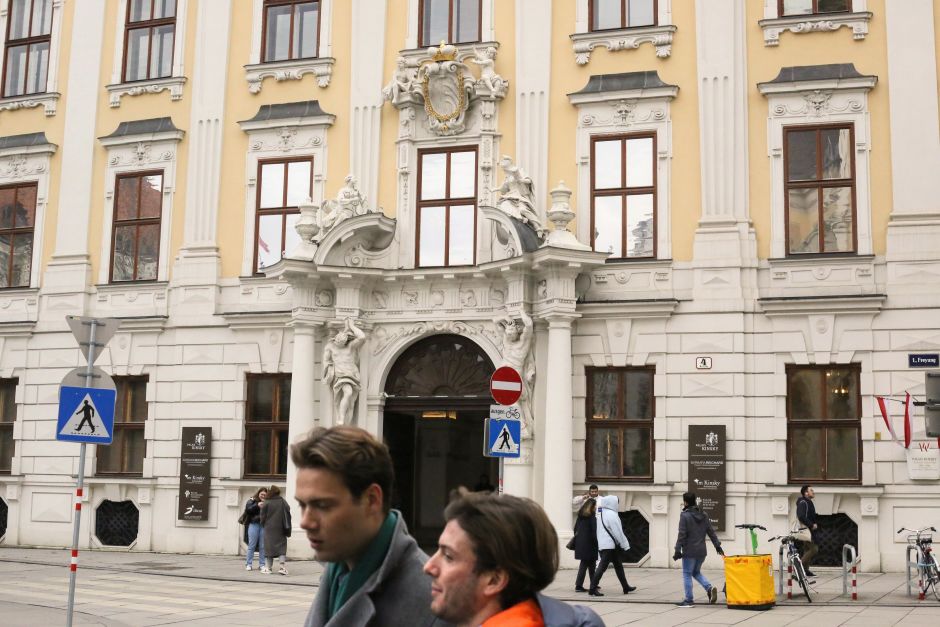
10. Roam Vienna’s Baroque City Center (location): Rome is surely the capital of the Baroque, but Vienna isn’t far behind. Fueled by a general sense of euphoria after the 1683 defeat of Ottoman Turkey, stunning churches and Baroque winter palaces sprung up in Vienna’s city center (District 1), designed and frescoed by an army of Italy-trained artists and architects, most famously Johann Bernhard Fischer von Erlach and Johann Lucas von Hildebrandt. Roaming the streets will give you a sense, but specific examples include the Karlskirche, the Court Library, Eugene Savoy’s summer palace (Belvedere), Palais Daun-Kinsky, Palais Liechtenstein, and Palais Trautson.
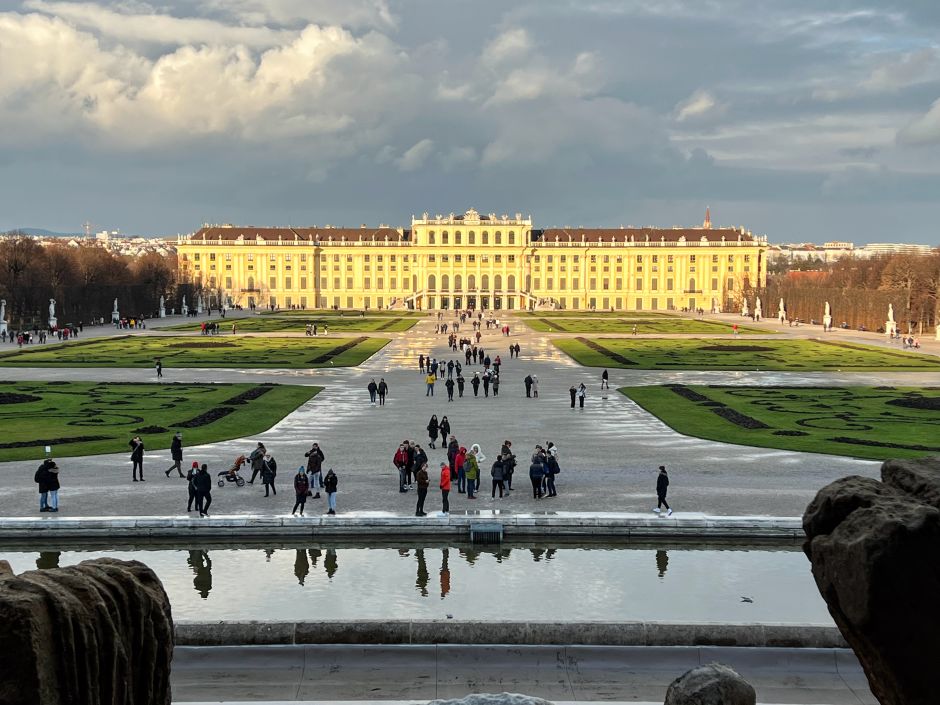
11. Visit the Habsburg summer palace (location; 9 a.m. to 5 p.m. every day; €20-40 admission; advance ticket purchase): If you haven’t tired of the Habsburgs yet, I recommend you take the half-hour journey by public transport to Schönbrunn, the ruling family’s former summer residence on the Vienna outskirts. The endless Rococo halls are predictably grand and glamorous, but the living quarters can be notably revealing – such as the subdued study of the workaholic Emperor, Franz Joseph (1830-1916). The palace’s enormous garden is accessible for free and fun to explore, especially its neoclassical elements – the Gloriette and the “Roman ruin.”
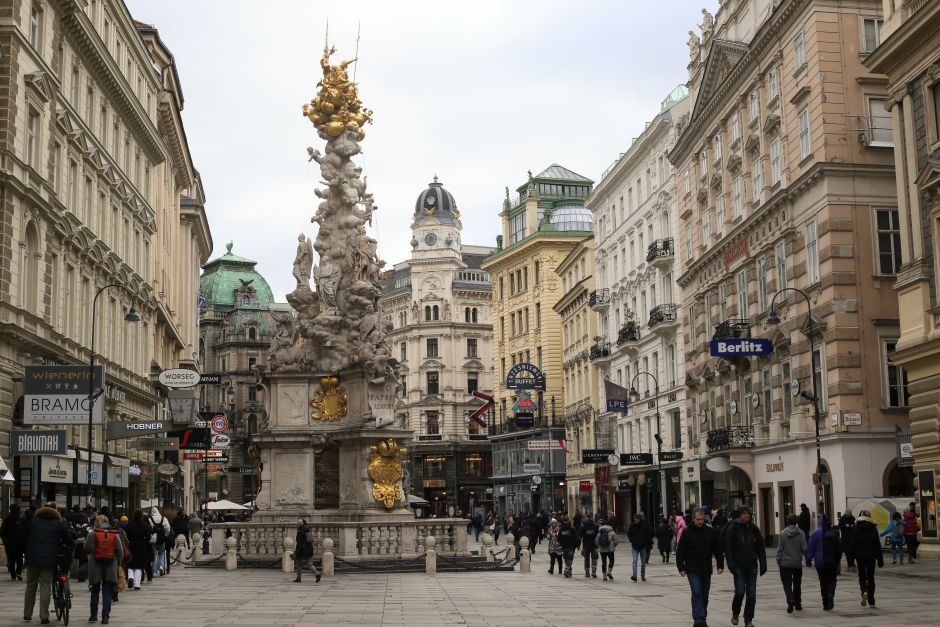
12. Kohlmarkt – Graben – St. Stephen’s Church (location): These Vienna landmarks near one another appear in every guide book for good reason. The Kohlmarkt and the Graben, two upscale shopping streets today, connect the Imperial Palace (Hofburg) with Saint Stephen’s cathedral. That exuberant monument soaring from the Graben? Unbridled high-Baroque theater (a so-called plague column).
The St. Stephen's – expanded under the Habsburgs and since 1469 the cathedral of the Diocese of Vienna – features a beautifully carved Gothic-style pulpit and countless altarpieces. Mystical and spirit-lifting in the way only medieval churches can be.
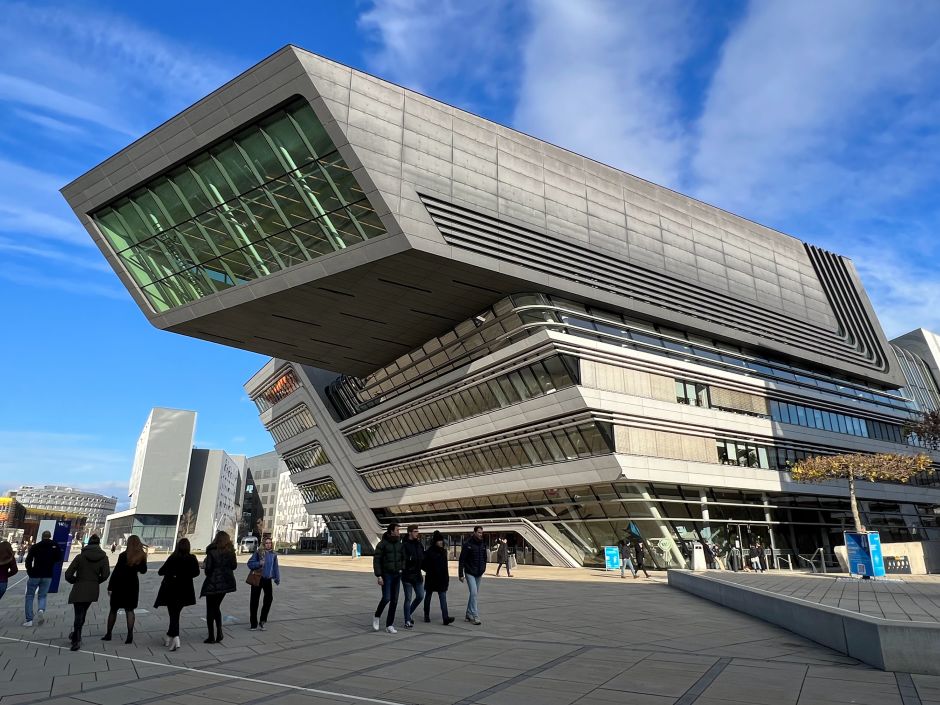
13. Take in Vienna’s architecture: Vienna has a layered architectural past, ranging from Gothic churches to slick contemporary buildings by the likes of Zaha Hadid. I’m most taken by the Baroque palaces of the city center, by Otto Wagner’s brand of Viennese Secession, by the early modern houses of Adolf Loos, and by the daring postmodern style of the recent past. Here, all of my favorites.
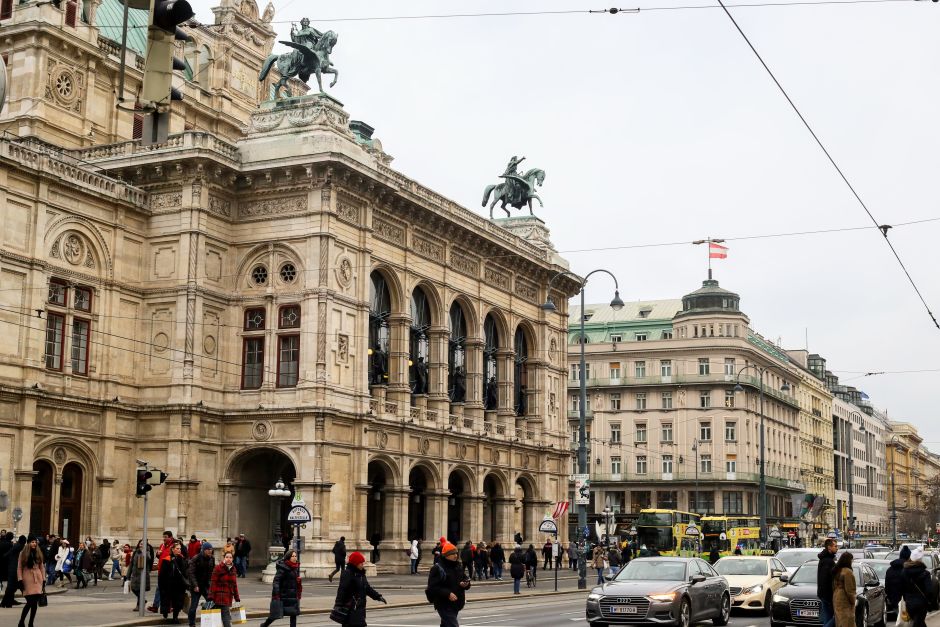
14. Stroll through the Ringstraße (location): In the 1850s, Emperor Franz Joseph decided to knock down the medieval city walls and fortification bastions to make space for an elegant boulevard – Ringstraße – between the historic city center and what used to be the suburbs.
The architectural style was a mishmash from earlier periods, as evidenced by the neo-Greek style Parliament building, the neo-Renaissance university, and the neo-Gothic City Hall. At a leisurely pace, it takes less than an hour to walk from one end (Shottenring) to the other (Otto Wagner’s Postsparkasse building). There are plenty of cafes in between, both classically elegant, such as Cafe Landtmann, and fashionably chic, such as Aggys.

15. Visit the smaller museums: In addition to the great museums of Vienna, see above, it’s also worth venturing to the less popular collections. For example, the Austrian History Museum presents the country’s post-Habsburg period, the Architecture Center sheds light on Vienna’s successful social housing system, the Beethoven Museum brings alive the life of the composer, while the Jewish Museum details Vienna’s long and tragic Jewish past.
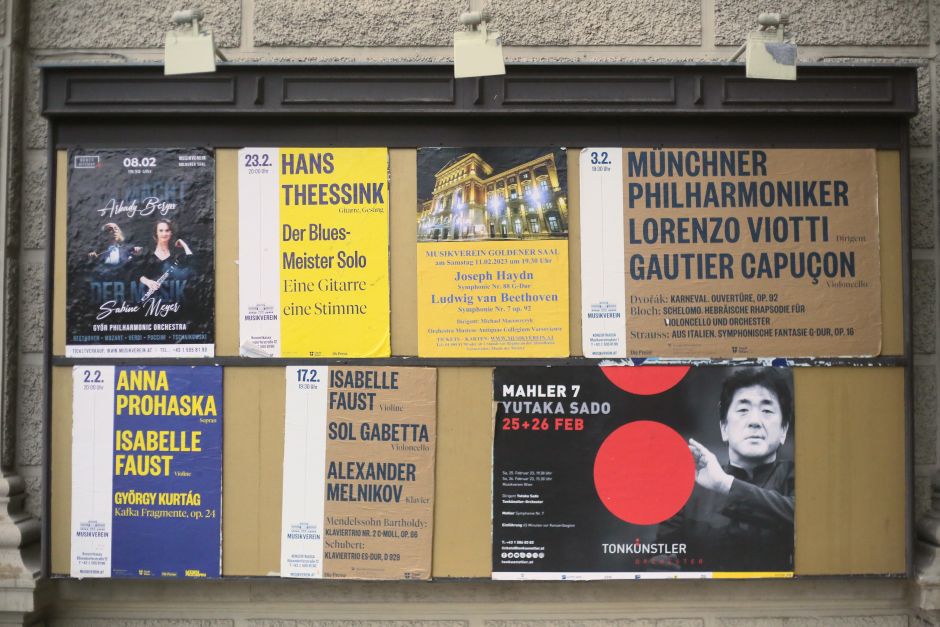
16. Go to a classical music concert: You shouldn't leave the city of Haydn, Mozart, Beethoven, Schubert, Brahms, the Strausses, Mahler, and Schönberg without attending a classical music concert or an opera. The Musicverein, known for its famous New Year's concert of the Vienna Philharmonic, is a good place to start, but the Wiener Konzerthaus and the State Opera also have excellent performances.
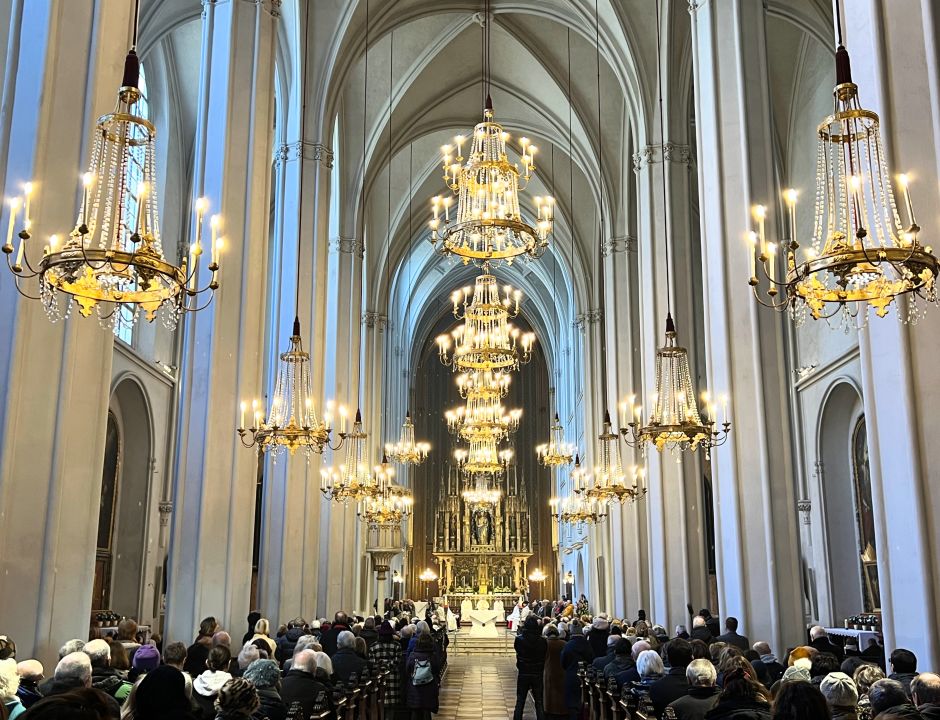
17. Attend a church music program (location): You don't need to be religious to appreciate the soulful music that sets the liturgies of several Vienna churches on Sunday mornings. It's not unusual that a full orchestra and a choir with soloists perform a mass composed by the likes of Haydn, Mozart, Schubert, or Bruckner. Best-known for their music program are the Court Chapel inside the Hofburg, featuring the Vienna Boys’ Choir (successor of the Habsburg Court Chapel Choir), and the nearby Augustinerkirche.
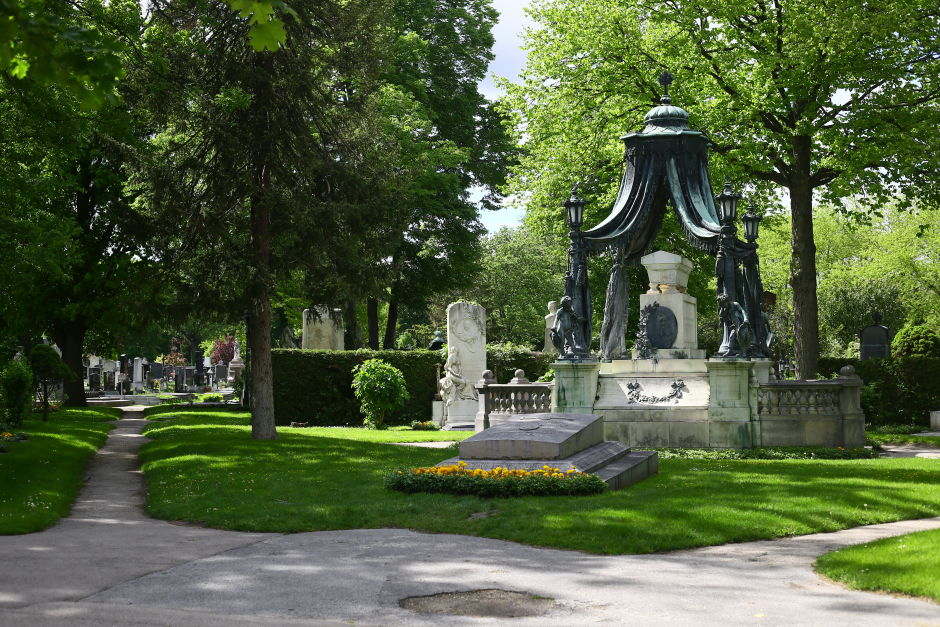
18. Stroll through the Central Cemetery (location): If you enjoy roaming among the graves of the famous, add Vienna’s picturesque garden cemetery (Zentralfriedhof) to your itinerary. Some of the heavyweights who rest here include composers Ludwig van Beethoven, Johannes Brahms, Franz Schubert, Arnold Schönberg, György Ligeti; architects and designers Michael Thonet, Theophil Hansen, Friedrich von Schmidt, Josef Hoffmann, Adolf Loos; writers Arthur Schnitzler and Franz Werfel; and politicians Bruno Kreisky and the controversial Vienna mayor, Karl Lueger.
A few tips: take the tram to Tor 2, the main entrance; the scenic graves line the main path in sections 14, 15 and 32, 33; round out your visit at Concordia Schlössl, with famously good schnitzels, or at the excellent pastry chain Oberlaa, within the cemetery.

19. Pay tribute to Vienna’s Holocaust memorials: Before the Holocaust, Vienna had the third largest Jewish community in Europe (after Warsaw and Budapest). As elsewhere, Jews punched above their weight, giving the country countless scientists, intellectuals, artists, and businessmen, people such as Sigmund Freud, Gustav Mahler, Ludwig Wittgenstein, Arthur Schnitzler, Joseph Roth, and Stefan Zweig.
Austria has just recently started to grapple with its complicity in the Shoah, when 65,000 Viennese Jews were murdered in death camps with active support from the local population and many more expelled from the country. These memorials serve as reminders.
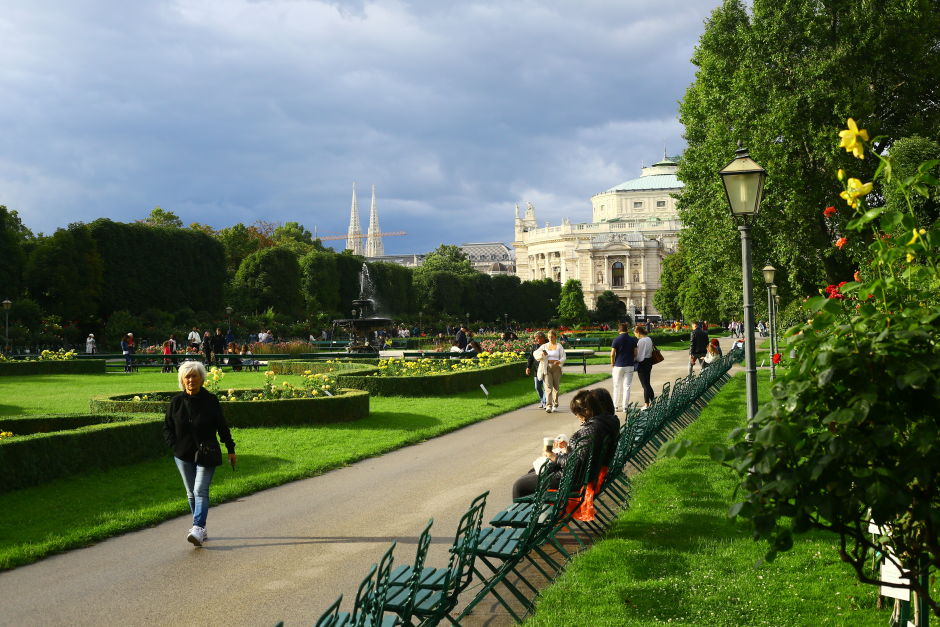
20. Spend time in the Volksgarten (location): Vienna's most precious park, the Volksgarten, can feel like being in a fairy tale. But those dramatic backdrop buildings – the Burgtheater, the Imperial Palace, the Thesuses Temple, the Court Museums – turn out to be more than just stage design. Not to mention that incredible sycamore tree in the center. There are hundreds of shrub roses, each with a short and often poignant message provided by its patron ("Mom, we miss you every day."). In the warmer months, the park doesn't close until 10 p.m. Take advantage of that, perhaps with beer in hand.
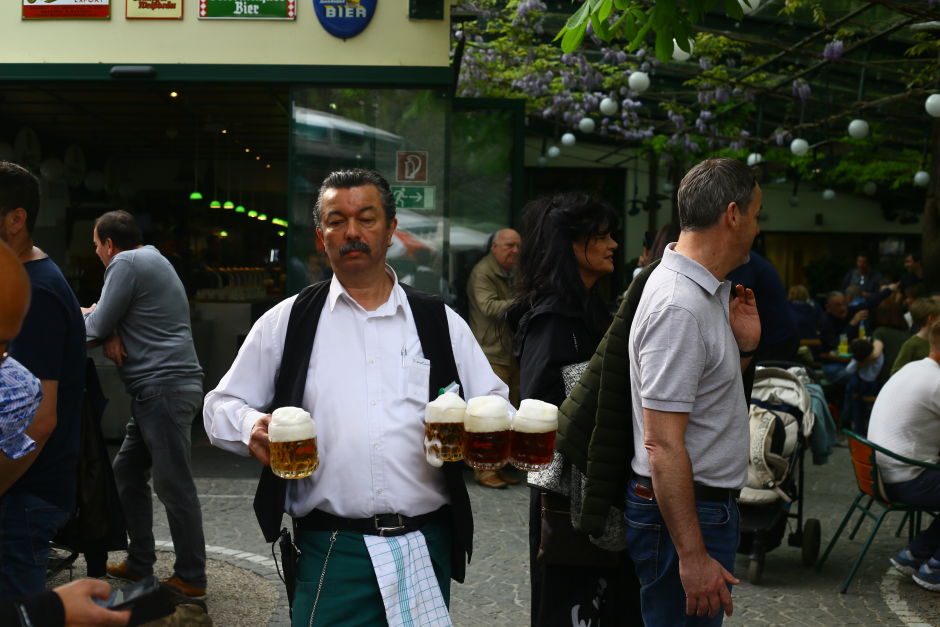
21. Beers and pork knuckles in the Prater (location): Even if ferris wheels and noisy amusement parks don't get you excited, there are valid reasons to visit the Prater in good weather. This enormous public park is home to the Schweizerhaus, for example, an oversized and perennially busy beer garden famous for its Czech Budweiser, crispy pork knuckles, poppy seeds dumplings, and other delicious local favorites. (Here, more Prater recommendations from a local.)
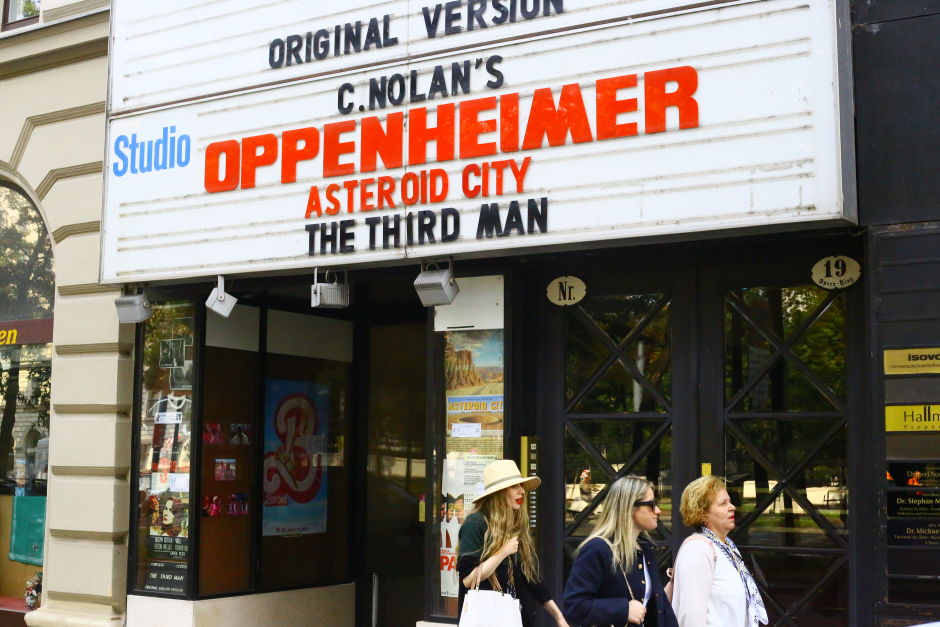
22. Watch The Third Man at the Burg Kino (location): Based on a Graham Greene script, The Third Man (1949) features post-WWII Vienna under the British, French, Soviet, and American occupation. The movie delivers quotable lines by the black-market hustler Harry Lime, played memorably by Orson Welles, but it's also a shocking visual portal into the war-ravaged city. Pristine Vienna reduced to so much rubble by American bomber jets and Soviet troops? You're bound to wonder. The Third Man plays every Tuesday at the charming Burg Kino movie theater (in English, with German subtitles).

23. Visit a Heuriger: Wines may not be the first thing you conjure up about Vienna, but the Austrian capital is the only metropolis in the world with sizable vineyards – 650 hectares or 1,600 acres – right within its city limits. Imagine if grapes for wine were grown in Manhattan. The places to try them in the outdoor season are the Heurigers, unpretentious wine taverns, some of them high up on the hillside. Gemischter Satz is the local specialty, made from different grape types (Grüner Veltliner, Riesling, Weissburgunder) that were grown and harvested together.
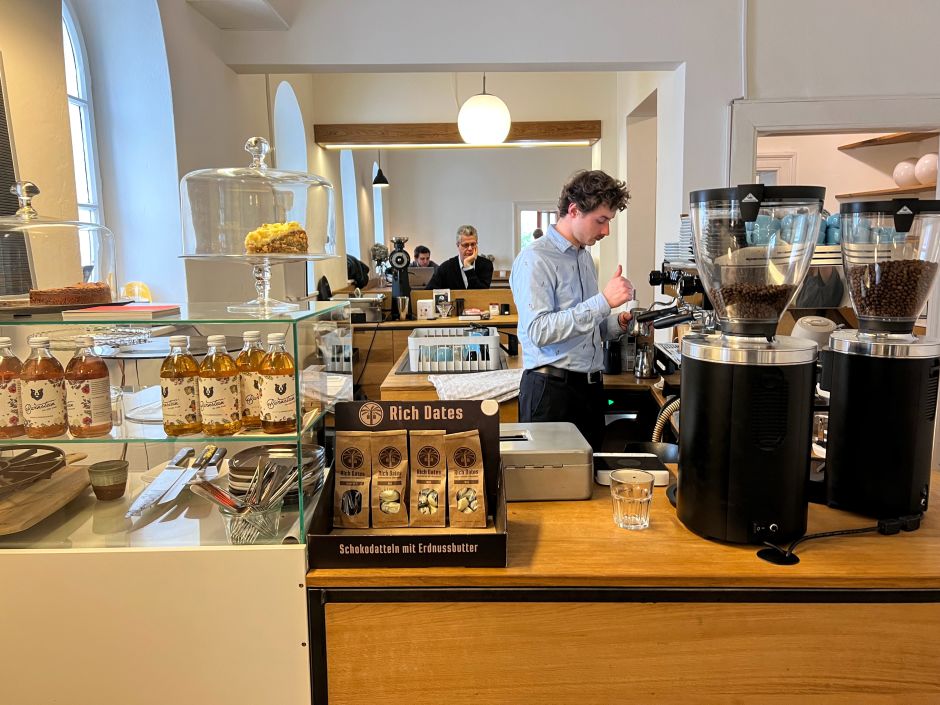
24. Experience Vienna's new-wave coffee culture: Vienna’s traditional cafe culture is alive and well, see above, but the city isn’t immune to global trends. New-wave coffee shops are rapidly increasing in number, exhibiting the typical trappings of such establishments: light-roasted coffee beans, sleek minimalist interiors, fashionable baristas sporting tattoos and a mustache. It’s always fun to compare and contrast old and new.
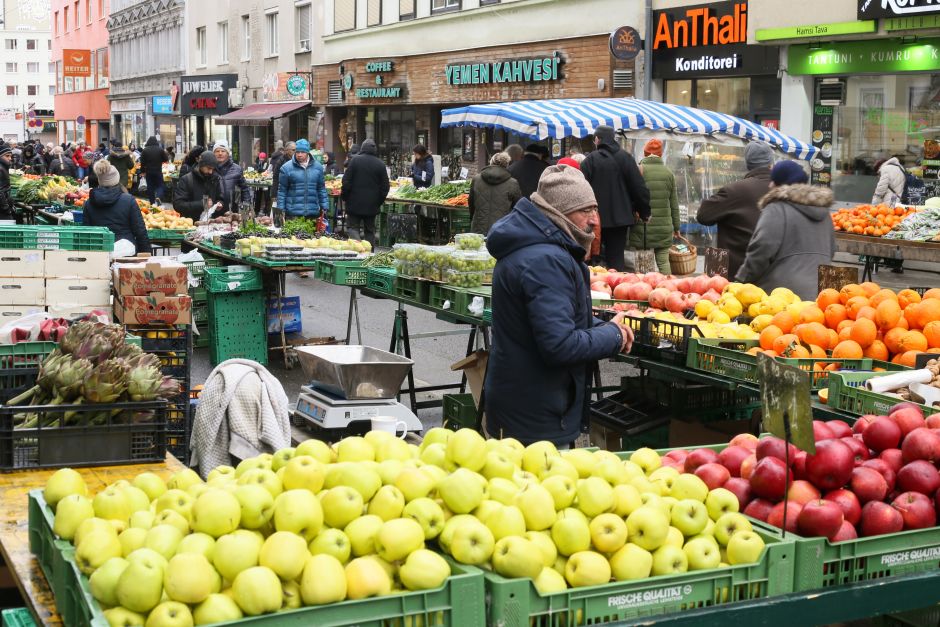
25. Enjoy the Viktor-Adler Market (location): You wouldn’t think how diverse Vienna is if you spend time only in downtown. For a glimpse of the less well-known side of the city, head to the Viktor Adler market in District 10 where Yemeni cafes, Turkish köfte vendors, Bulgarian grocery stores, Afghani spice retailers, and low-priced sausage stands share the lively premises alongside sellers of fruits and vegetables.
Grab a lahmacun – flatbread topped with minced meat, veggies, and spices – and tea at Aliman, then crown your trip with snacks and a wine spritzer at Prokes bar. If you like the vibes here, two comparable markets: Brunnenmarkt and Hannovermarkt.
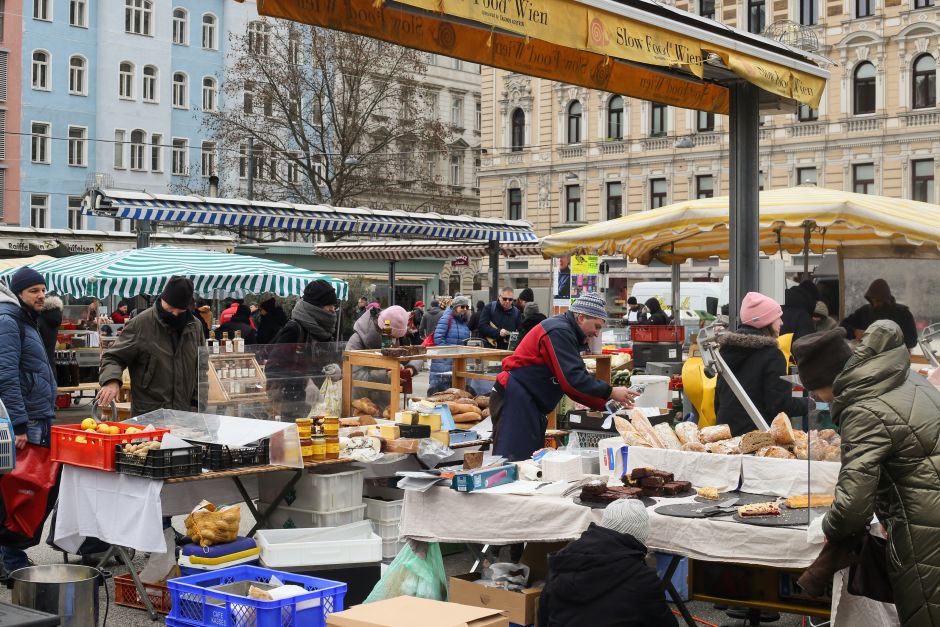
26. Enjoy the farmers' market at Karmelitermarkt (location): The inner parts of Leopoldstadt (District 2), Vienna's old Jewish quarter near the city center, are known today as hubs of gentrification. The upscale farmers' market on Karmelitermarkt embodies the neighborhood's transformation from its post-war working-class origins.
Every Saturday morning, an army of artisan vendors camp out here, including bread, cheese, and honey producers, high-end butchers, makers of fruit juices and preserves, bio vegetable farmers, and winemakers. Compared with the Viktor-Adler Market, above, things are more polished and pricey here. (Speaking of Viennese markets, most famous is the Naschmarkt, which I find overpriced and overtouristed.)
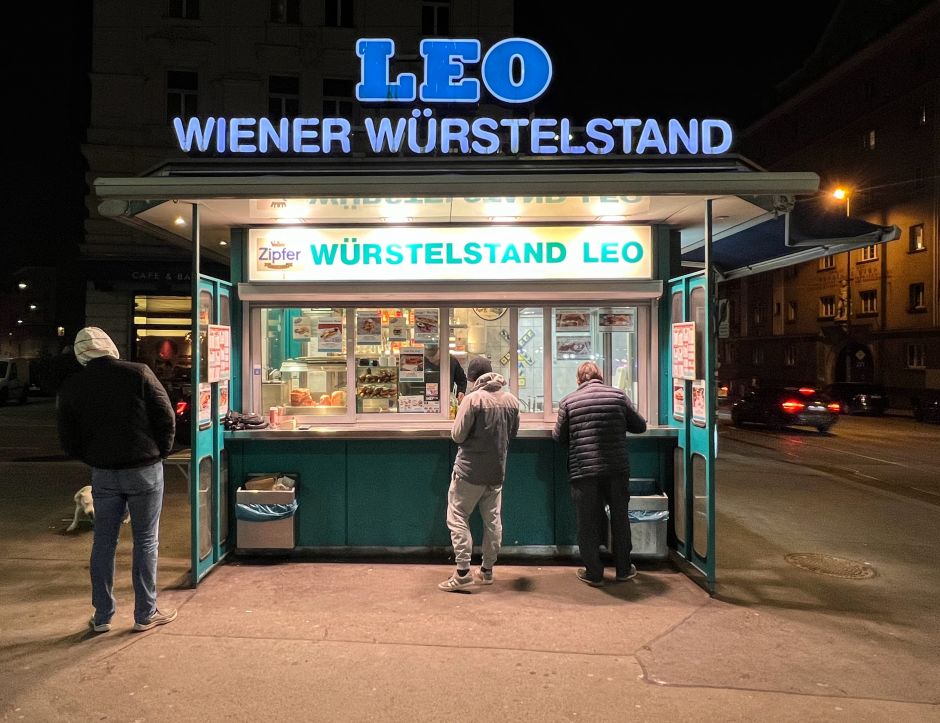
27. Go to a sausage shop: Sausages are essential to Central European food culture as a trip to Vienna can quickly manifest. Würstelstands are food kiosks where people stand elbow-to-elbow while wolfing down a roast pork sausage with a side of mustard, kaiser roll, and a can of beer. These low-priced establishments are open until the wee hours and often most frequented well past midnight. Here, a few of my favorites.
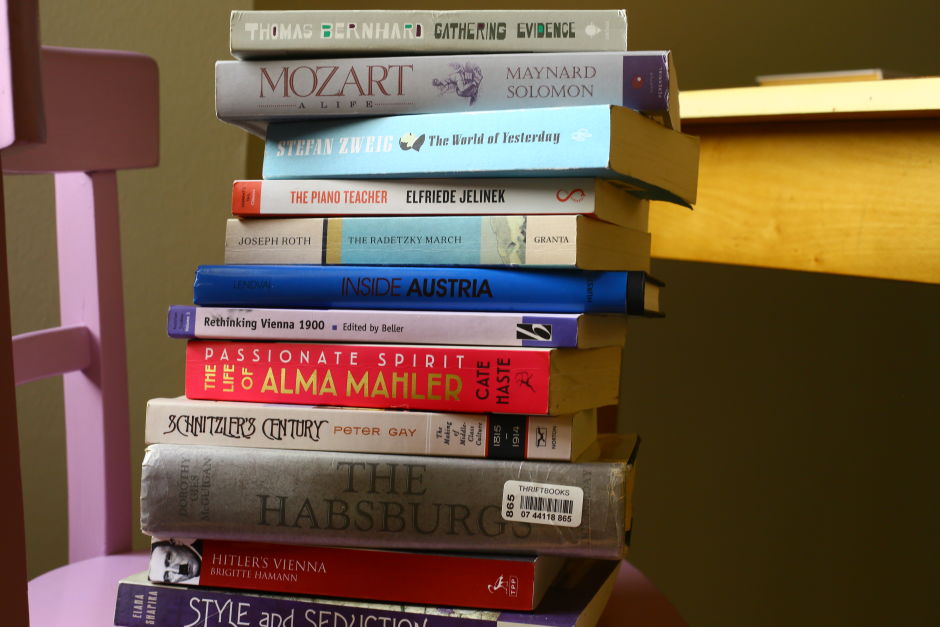
28. Read up on Vienna before your trip: Whether it's juicy gossip about the family that ruled the city for more than six hundred years; a haunting novel about the twilight years of the monarchy; or a book about the toxic Viennese intellectual climate that shaped the young Adolf Hitler – a bit of prep reading can make your trip more meaningful and contextual. Here, ten titles that helped me most.
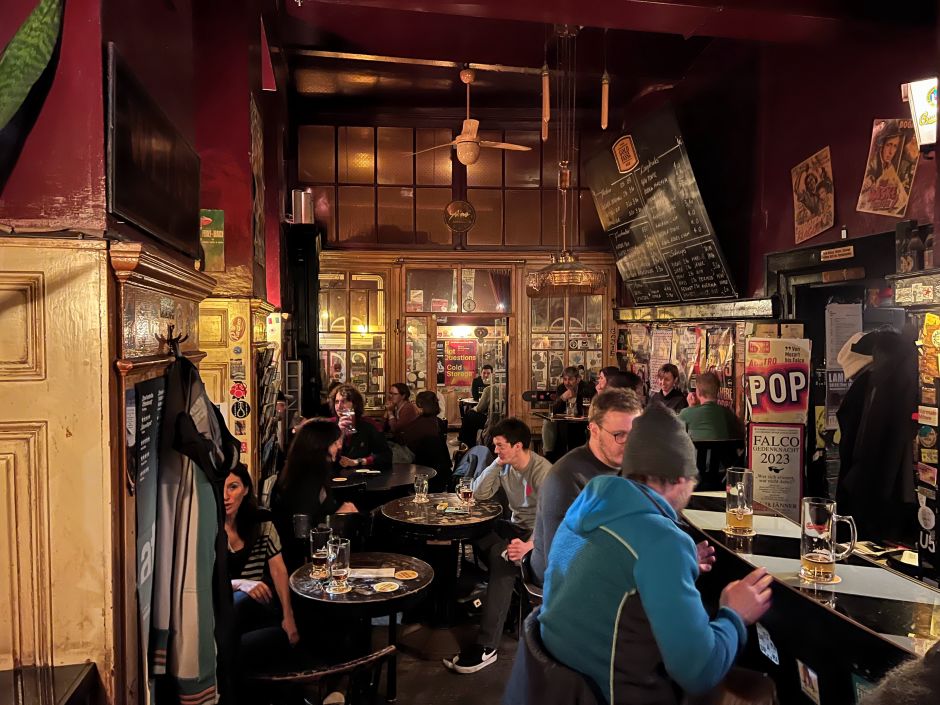
29. Grab a drink at a local bar: One of the best ways to gauge a city and its people? Visit a local bar (or supermarket)! Vienna offers plenty of inviting drinking joints. Many are located outside the historic city center (District 1) – most Viennese don’t live there – but easily accessible on foot or by public transport.
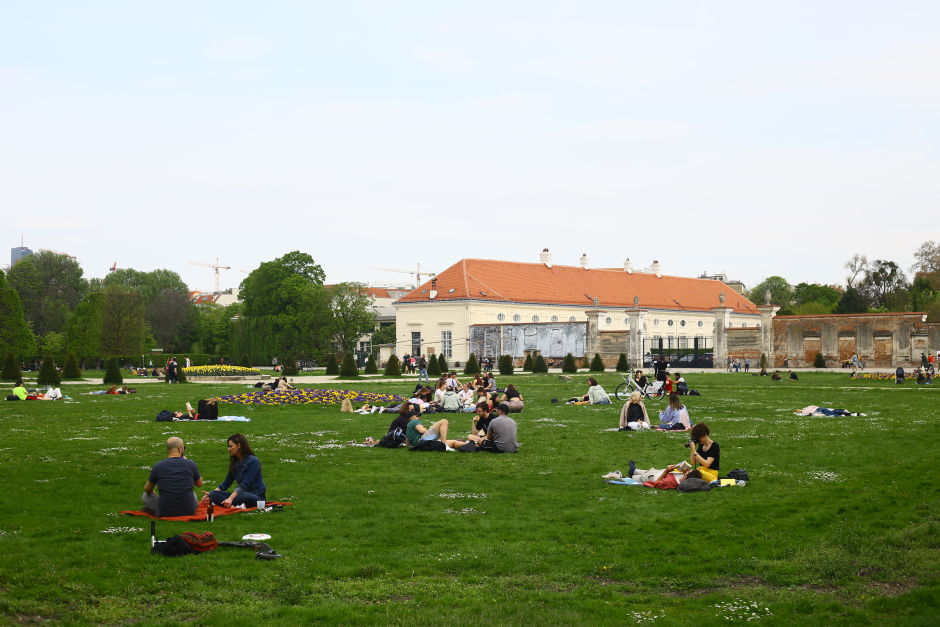
30. Picnic at the Augarten (location): Sitting in the grass, reading, and basking in the sun – if this sounds nice, you might want to stop by Augarten during the warmer months. It was the benevolent people’s emperor, Habsburg Joseph II (1741-1790), who turned the royal hunting ground into a public park anchored by the Baroque Augarten Palace (home to the Vienna Boys' Choir) and the neighboring Augarten Schloss (home to the famed porcelain manufacturer). Those two grim concrete towers? A relic from WWII: air-defense structures erected during the Nazi rule.
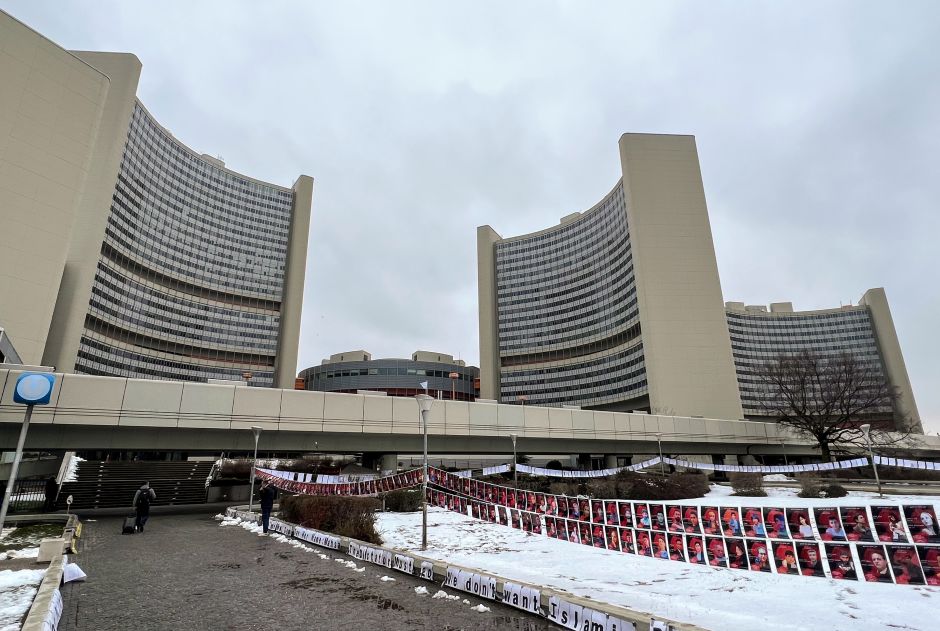
31. Visit the Donau City (location): A flood zone for centuries, the northern bank of the Danube River was developed only in the 1970s, starting with a headquarters for the United Nations. The area has since transformed into a major corporate center, with soaring office buildings of banks, insurance companies, and consulting firms.
The 60-story DC Tower, Vienna’s tallest, is also here. These steel-and-glass skyscrapers can feel soulless and dystopian, but this too is contemporary Vienna. Easily accessible with the U1 subway line from downtown.